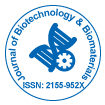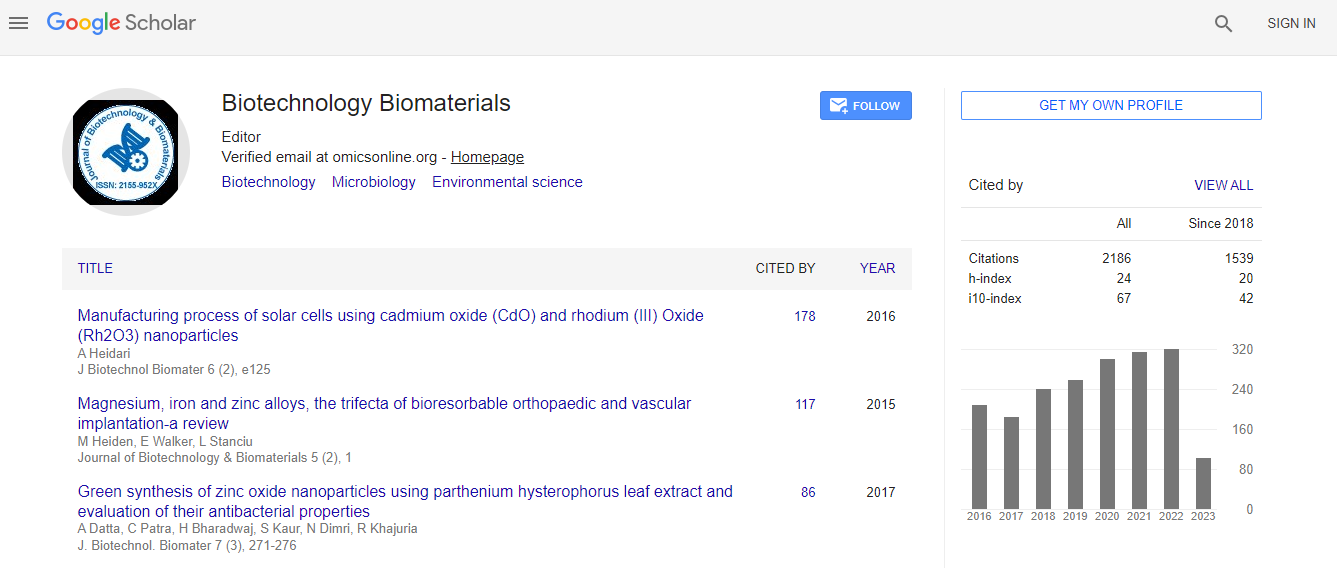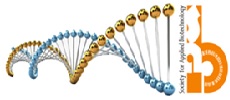Our Group organises 3000+ Global Conferenceseries Events every year across USA, Europe & Asia with support from 1000 more scientific Societies and Publishes 700+ Open Access Journals which contains over 50000 eminent personalities, reputed scientists as editorial board members.
Open Access Journals gaining more Readers and Citations
700 Journals and 15,000,000 Readers Each Journal is getting 25,000+ Readers
Google Scholar citation report
Citations : 3330
Journal of Biotechnology & Biomaterials received 3330 citations as per Google Scholar report
Indexed In
- Index Copernicus
- Google Scholar
- Sherpa Romeo
- Open J Gate
- Genamics JournalSeek
- Academic Keys
- ResearchBible
- China National Knowledge Infrastructure (CNKI)
- Access to Global Online Research in Agriculture (AGORA)
- Electronic Journals Library
- RefSeek
- Hamdard University
- EBSCO A-Z
- OCLC- WorldCat
- SWB online catalog
- Virtual Library of Biology (vifabio)
- Publons
- Geneva Foundation for Medical Education and Research
- Euro Pub
- ICMJE
Useful Links
Recommended Journals
Related Subjects
Share This Page
Chemobiological approaches for enhancing the efficacy of antifungal intervention
13th Biotechnology Congress
Jong H Kim, Kathleen L Chan and Luisa W Cheng
United States Department of Agriculture-Agricultural Research Service, USA
ScientificTracks Abstracts: J Biotechnol Biomater
Abstract
Control of fungal pathogens, such as causative agents for aspergillosis, candidiasis, cryptococcosis or producers of mycotoxins is problematic since effective antifungal agents are often very limited. Also, the expansion of fungal resistance to conventional drugs or fungicides is a global health or food safety/security issue. Therefore, there is persistent need to improve the drug efficacy or to develop new intervention strategies. Fungal drug resistance frequently involves mutations caused by environmental stressors. In fungi, stress signals resulting from oxidative or cell wall stress are integrated into mitogen-activated protein kinase (MAPK) systems that regulate defense genes countering the stress. Of note, mutations in MAPK signaling system could result in tolerance to antifungal agents. Many natural compounds are promising antifungals or leads due to their ability to disrupt fungal defense systems such as antioxidant pathway. Natural compounds could also serve as chemical probes for identifying new antifungal targets. To enhance drug susceptibility of fungi, the model yeast Saccharomyces cerevisiae was used as a tool for identifying cellular targets of natural compounds, where targeting vulnerable components such as antioxidant system effectively disrupted pathogen growth, overcame antifungal tolerance or inhibited mycotoxin production. Finally, chemo-biological approaches enabled the development of novel antifungal chemosensitization which significantly improved the drug susceptibility of fungal pathogens.Biography
Jong H Kim is a Researcher in the Food-borne Toxin Detection and Prevention Research Unit, Western Regional Research Center, US Department of Agriculture, Albany, California. His research focuses on the development of intervention strategies for control of pathogenic fungi. He provides chemo-biological expertise, particularly in the identification of cellular targets and compound interaction and participates in resistance management in collaboration with industry and academia.
Email: JongHeon.Kim@ars.usda.gov

 Spanish
Spanish  Chinese
Chinese  Russian
Russian  German
German  French
French  Japanese
Japanese  Portuguese
Portuguese  Hindi
Hindi 
